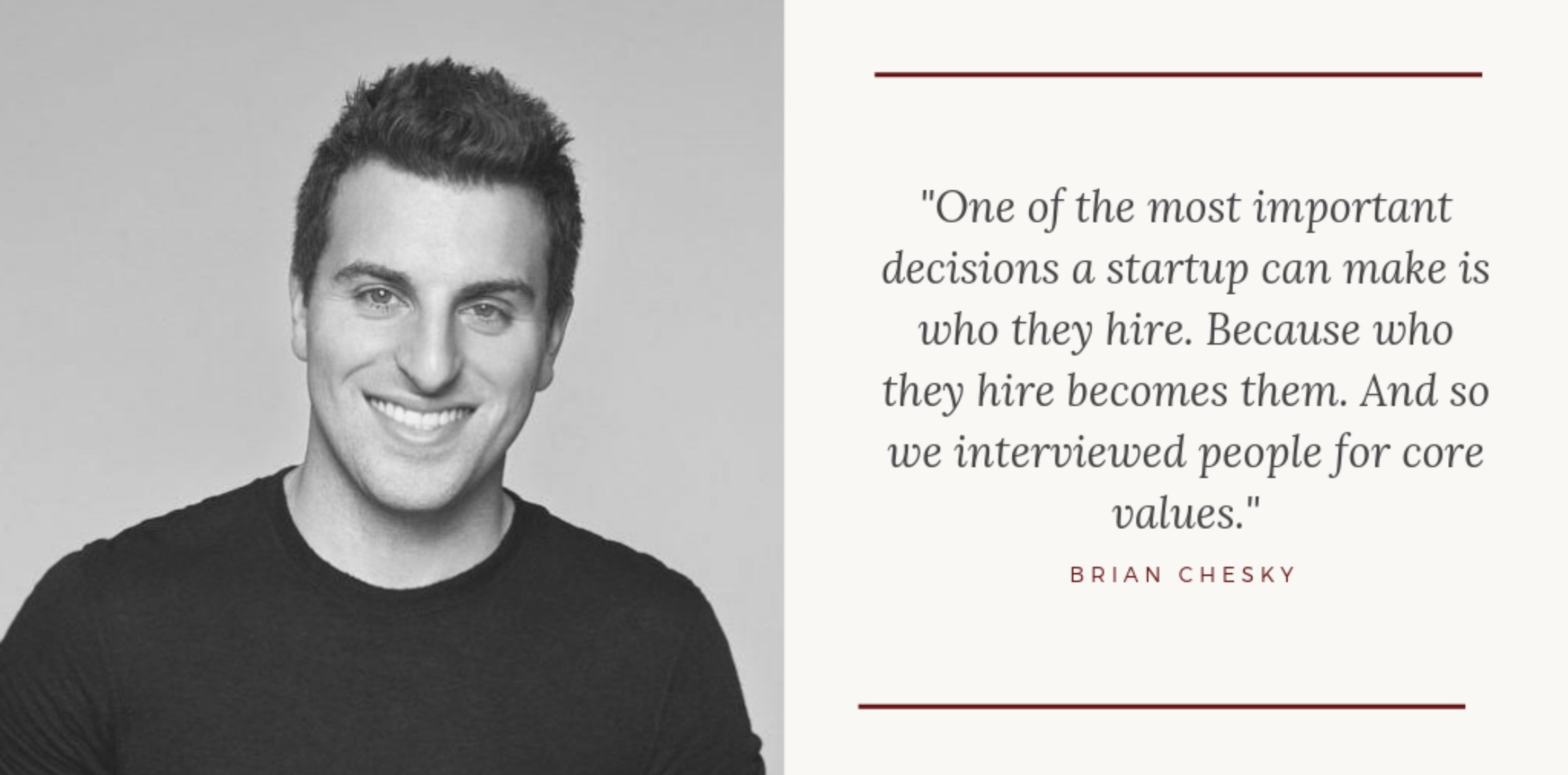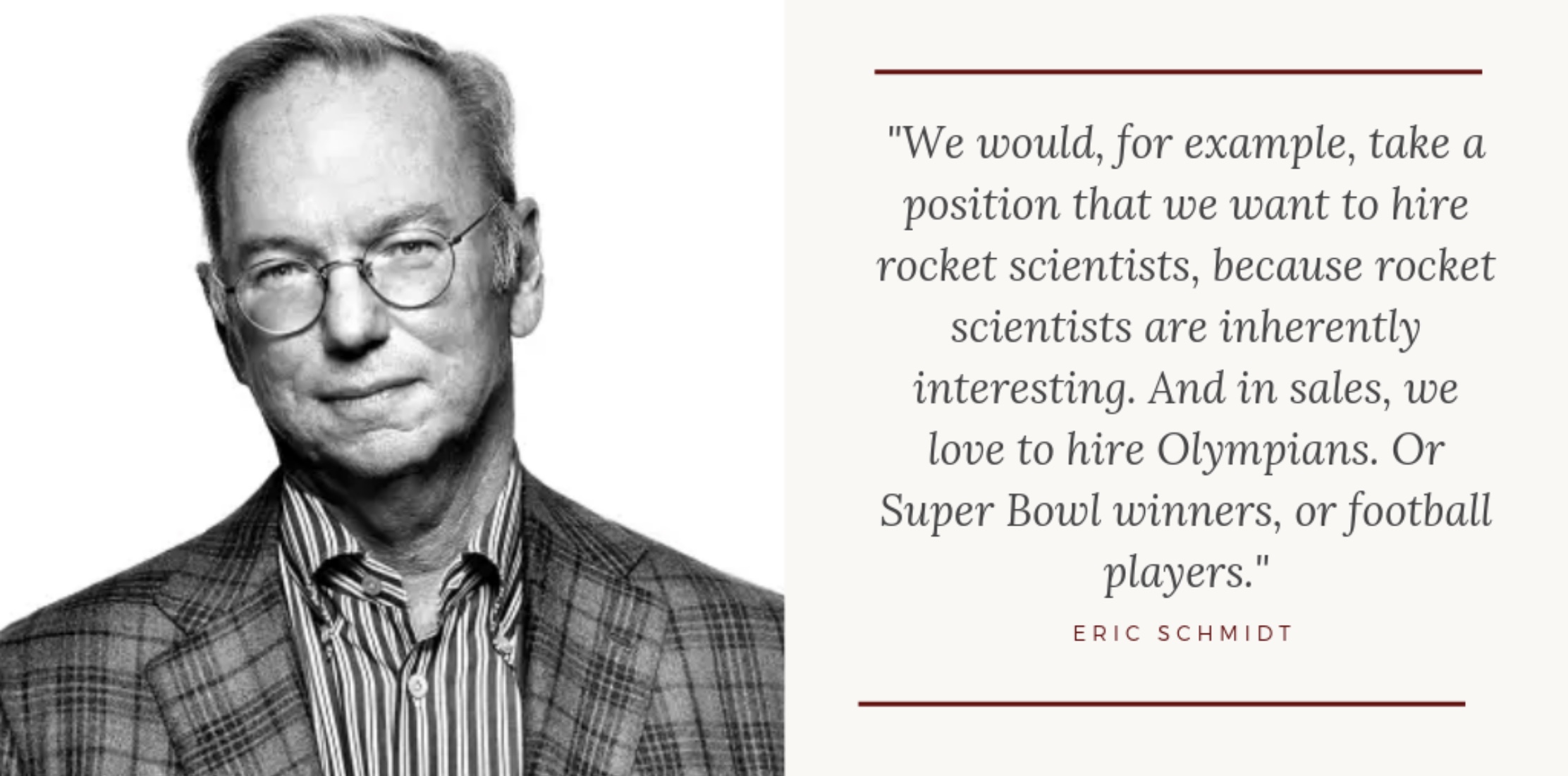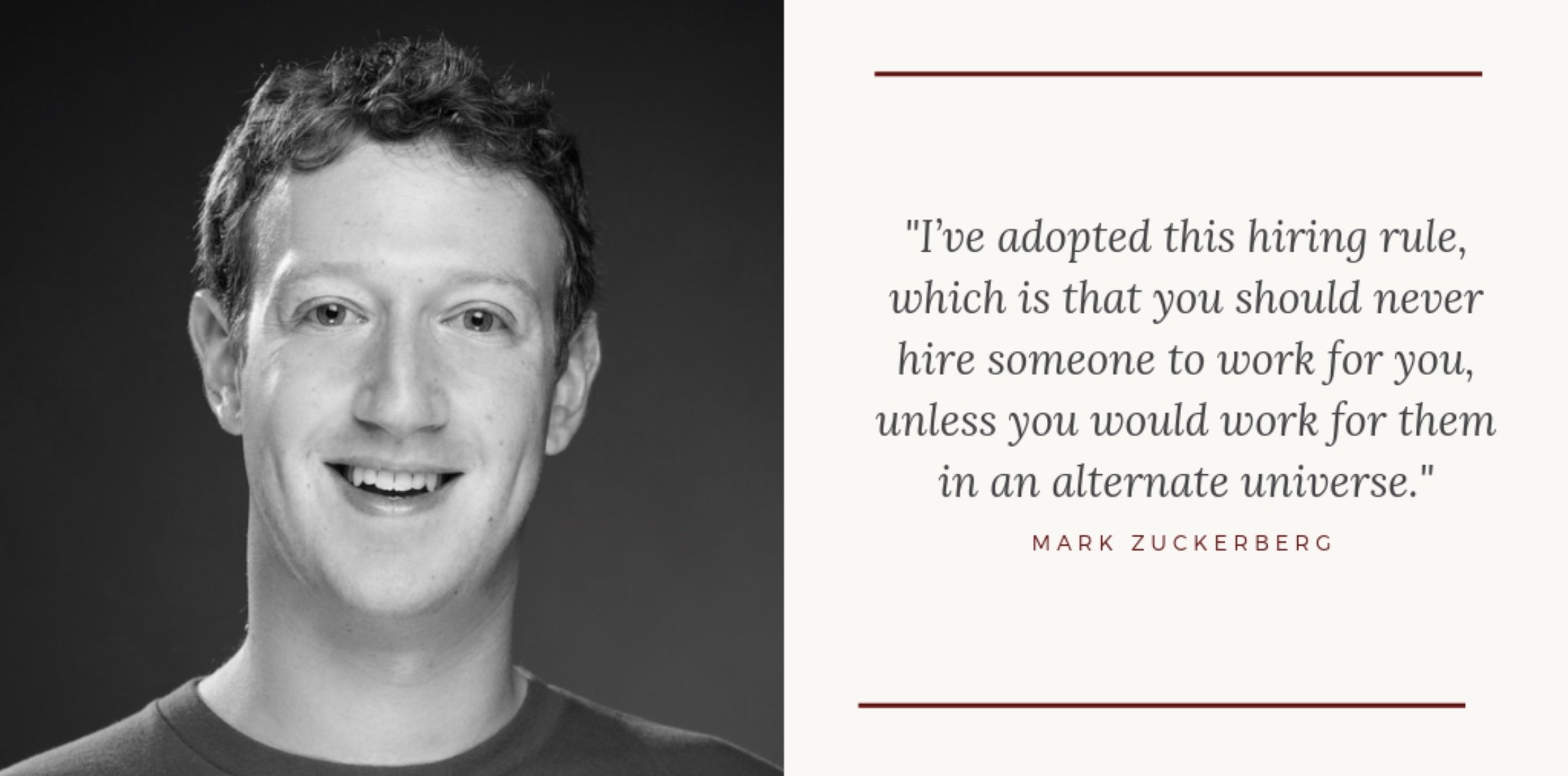Human Resources as a catalyst for Innovation
Workforce engagement is low in Europe
Recent stats show that up to 86% of the workforce in Europe is not engaged or actively disengaged from their work. This has serious implications for the bottom line of companies and the economy. Disengaged employees are disconnected from their companies and may be working against employers’ interests. This misalignment can lead to less productive employees who are more likely to steal from their companies, negatively influence their coworkers, miss workdays and drive customers away. Workforce engagement is not only key in the corporate world. People also have great impact in performance within the startup world. Data from CB Insights show that among the top 3 reasons for startup failure is not having the right team. A diverse team with different skill sets is often cited as being critical to the success of a venture. Unsuccessful founders often lament that they did not have the right people from the start or wish that the venture had a founder with different characteristics and interests.
Europe is lagging behind in the digital transformation
Innovation ecosystems have been faster than ever and forward-looking steps to shape the future of innovation have been taken. However, Europe is lagging in the digital transformation and may fall behind in the Fourth Industrial Revolution. Europe is also behind in investment in new technologies. European start-ups find it difficult to achieve scale, while talent remains a scarce resource. It is clear that HR is a true catalyst for fundamental shifts in mindset and culture. In this context, it’s clear that most challenges for HR stem from a lack of alignment with the organization’s wider strategic vision and objectives.
The power of HR in promoting innovation
HR plays a crucial role in promoting innovation, building innovative companies and entrepreneurship. HR must be an intrinsic part of the innovation strategy. Initially, it’s best to focus on simple and pragmatic approaches and involve smaller and fewer teams. With time, and if successful, these pilot projects will provide insights for the fine tuning of the overall innovation positioning. This alignment and the involvement of other functions of the organization will allow for innovation to scale a company to an appropriate level.
Besides helping organizations create leadership funnels toward C-suite positions, a culture of innovation and respect allows for great ideas and entrepreneurial spirit to surface. Financial incentives and status may have some impact, but innovators tend to be driven by something more. Pragmatic and practical opportunities for harnessing the power of HR in promoting innovation are:
– Ideation initiatives: HR should be a source of input for the definition of the innovation communication and positioning strategy internally;
– Identifying early adopters: HR professionals have the unique opportunity to identify, qualify and quantify the alignment of people with the innovation strategy and objectives;
– Mitigating fear: creating a clear framework around innovation allows people with a potentially disruptive idea to understand that there is a structured program that encourages proactivity and learning by doing through informative failure.
Can Corporates learn from Startups?
Hiring the right people can make or break a venture. For example, Airbnb’s Brian Chesky personally interviewed the company’s first 500 employees. As one can easily perceive, it was incredibly time-consuming, but it paid dividends.

Some might argue that this is something completely crazy to do. All startups have a short financial runway. As such, they must be quick. But history has shown that it is best to be patient and focus on finding culture fit if you want to truly be innovative and game changing. In a startup, the first hires will then hire their own teams, so this is particularly relevant.
Nevertheless, common sense tells us that once a startup starts being successful and growing the hiring process must scale. This does not mean doing it hastily or unprofessionally. A company can hire quickly whilst maintaining high standards. Look at how Google quadrupled in size every year between 2001 and 2011 whilst focusing on quality over quantity. Quite counter-intuitive but feasible. According to Eric Schmidt (CEO for Google during this period) it’s all about hiring interesting people.

Most companies can’t afford hiring these types of profiles. But Eric Schmidt’s message is basically about hiring people who are persistent and curious. Persistence is the single biggest predictor of future success. The combination of persistence and curiosity is a very good predictor of employee success in a knowledge economy.
Mark Zuckerberg, CEO of Facebook, has a slightly different, though not necessarily opposing, view. He argues that it’s all about surrounding yourself with the best people possible.

Mark argues that this does not mean you would give them your job. Only that, if tables were turned around, you would be comfortable working for this person.
A true catalyst for innovation
HR is much more than hiring people. This does not mean hiring people is not important, in fact it means exactly the opposite. When HR is done right, hiring is part of an overall strategy that must be aligned with other function of a business. In a Europe that is lagging behind in terms of digital transformation, HR is a true catalyst in promoting innovation, through fundamental shifts in mindset and corporate culture. Both the corporate and the startup world have shown us how HR and hiring can provide a sustainable competitive advantage in disrupting the landscape.




